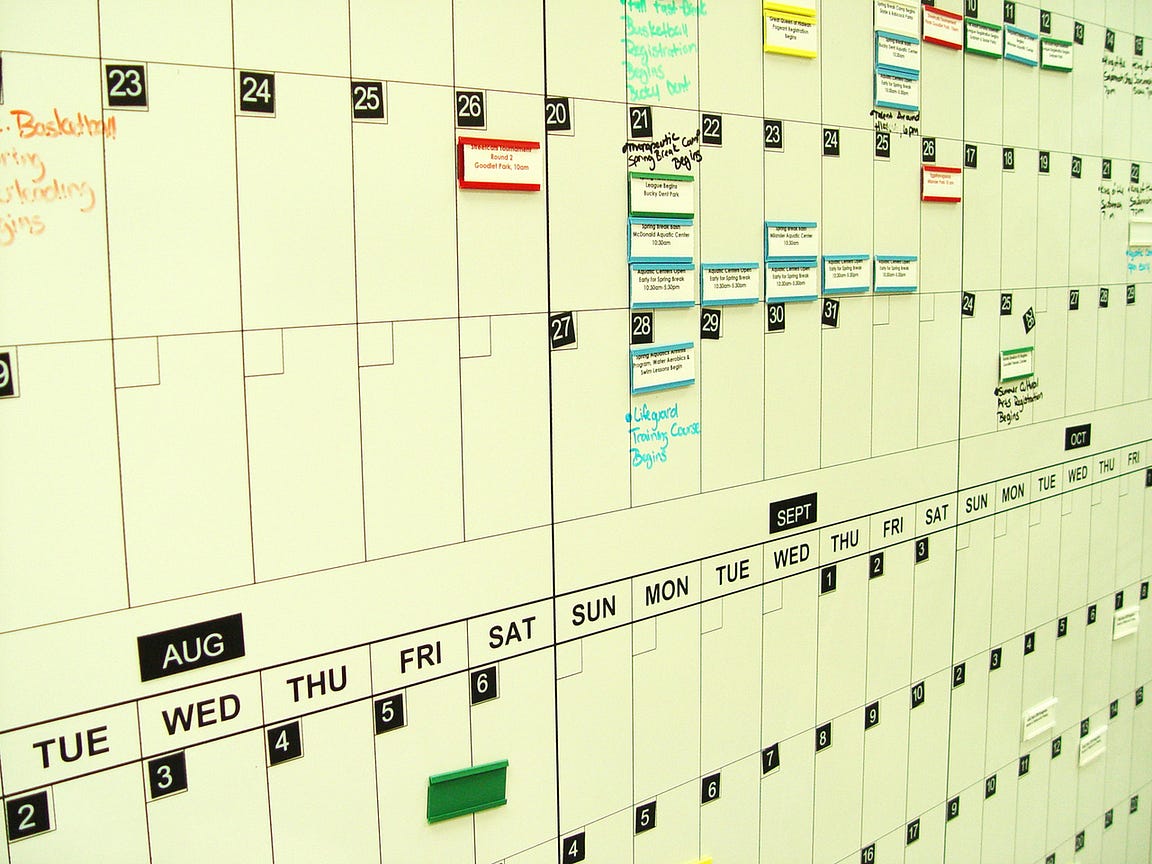
This is part 1 of 2— Always start projects with a plan. Even when you get resistance from your team or stakeholders for “the planning phase taking too long”, or “the projects not that complicated” or “its one that we’ve done a million times”, they should all still always start with a plan.
There are many reasons to always start with a plan:
- Expectations can be set between all stakeholders. This leads to increased opportunity for a smooth project implementation and successful outcome.
- You will save countless hours once implementation starts. Very often, when planning is skipped over, you will get into the project work and find something is more complicated or not quite what was expected. This leads to more time spent during the implementation being reactive, instead of proactive.
- Testing and fail back plans are created. These test plans and fail back plans ensure whatever change or improvement you make is successful. The fail back plan is for those instances when your test is not successful and you have to revert. Having both of these in place can allow for both you and the stakeholders to feel more confident in the changes.
- No matter how many times we do a project, rarely is it the same project twice. Inevitable the environment is different, technology has evolved, there are different stakeholders, or a variety of other seemingly small factors change, which can end up having a big impact when they are not planned for.
- Be able to utilize your resources effectively and to their capacity. By planning, you will have a more accurate grasp on where your resources are spending their time and thus be able to use them more strategically. When planning lacks, I often find we have too many resources in one area, and not enough in others.
- Starting with a plan allows you to be flexible. You have the most knowledge possible available to you, before implementing.
At Think|Stack, we have a large focus on planning. This doesn’t just include our project teams, this includes all members of our team. The planning process starts with defining our annual goals at the company, team, and individual levels. This allows us to align all of our priorities for the year with these goals.
On a smaller scale, planning starts with our bi-weekly sprint planning meetings. During this meeting, our team leaders review and set the upcoming two week’s priorities for each member of the organization. Once all priorities are set, each team then plans their sprint on a more granular detailed level, and then plans out each of these identified projects and priorities.
I’ll dive further into how we strategically plan and prioritize all our projects using a modified agile approach in a future post. In the meantime, now that we’ve talked about the importance of planning, find out what happens when all that planning has to get tossed out the window…
About the Author

Andrea DiGiacomo
COO




